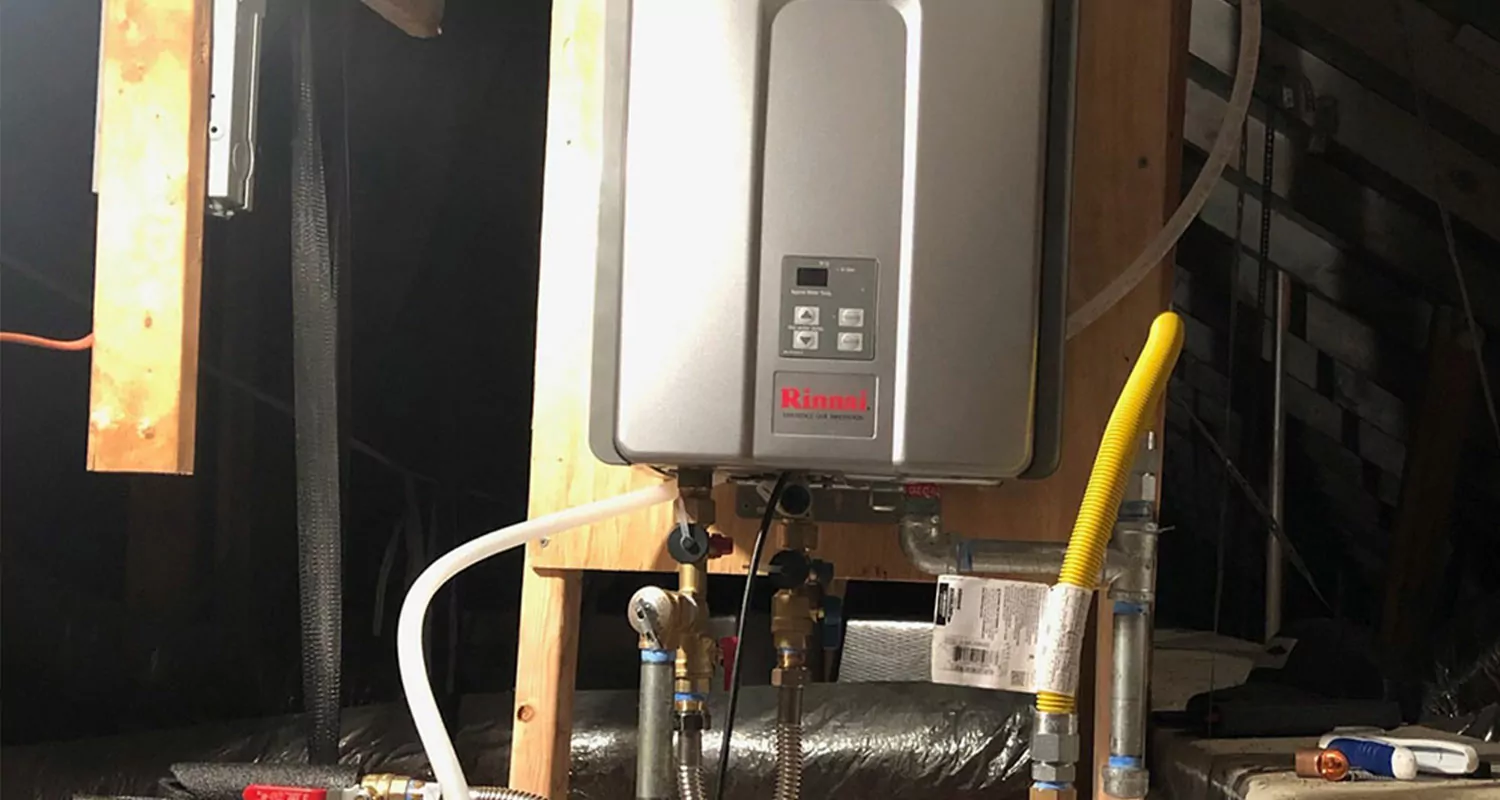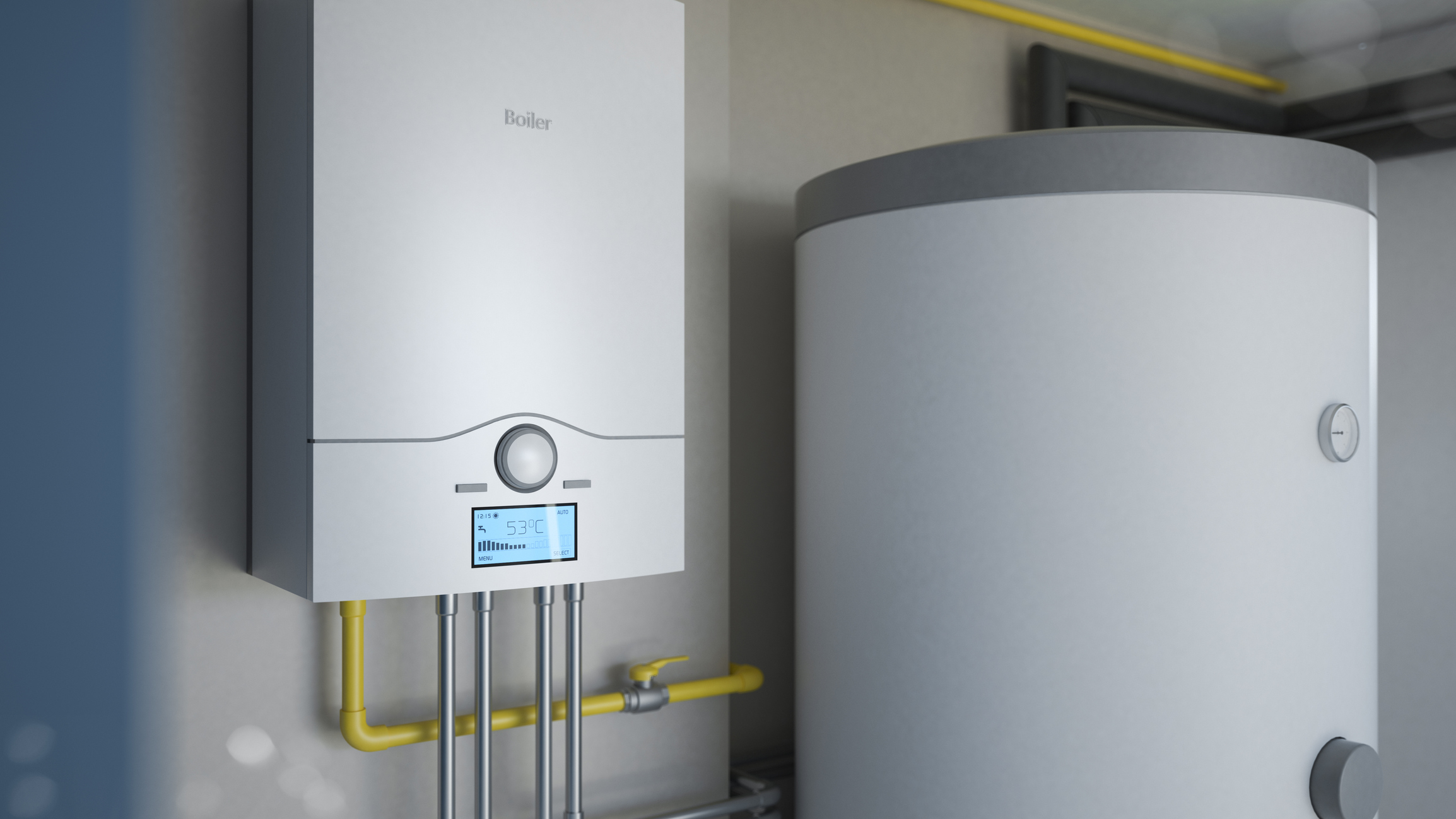They are making several great points regarding How to Maintain Your Water Heater & Prolong its Life as a whole in this post further down.

Hot water is important for day-to-day convenience, whether it's for a rejuvenating shower or washing recipes. To guarantee your hot water system runs successfully and lasts longer, regular upkeep is key. This write-up supplies practical ideas and understandings on just how to maintain your home's warm water system to stay clear of interruptions and expensive repair services.
Intro
Maintaining your home's hot water system might seem daunting, yet with a few straightforward steps, you can ensure it runs smoothly for several years to find. This overview covers everything from comprehending your warm water system to DIY upkeep suggestions and recognizing when to contact professional assistance.
Relevance of Preserving Your Warm Water System
Normal maintenance not only prolongs the life expectancy of your warm water system yet additionally guarantees it runs efficiently. Overlooking upkeep can bring about decreased effectiveness, greater energy bills, and even early failing of the system.
Signs Your Warm Water System Demands Maintenance
Knowing when your hot water system requires focus can protect against major concerns. Keep an eye out for signs such as inconsistent water temperature, unusual sounds from the heating system, or corroded water.
Recognizing Your Warm Water System
Prior to diving into maintenance jobs, it's valuable to comprehend the standard parts of your hot water system. Generally, this includes the water heater itself, pipes, anode poles, and temperature level controls.
Monthly Maintenance Tasks
Regular month-to-month checks can aid capture small problems before they rise.
Purging the Water Heater
Flushing your water heater removes debris build-up, enhancing performance and lengthening its life.
Monitoring and Replacing Anode Rods
Anode rods protect against deterioration inside the storage tank. Checking and changing them when worn is important.
Examining and Adjusting Temperature Level Setups
Changing the temperature setups makes sure ideal performance and safety and security.
Do It Yourself Tips for Maintenance
You can perform numerous maintenance jobs on your own to maintain your hot water system in leading condition.
Looking for Leaks
Regularly evaluate pipes and links for leaks, as these can lead to water damages and greater expenses.
Testing Stress Relief Valves
Examining the pressure relief valve guarantees it functions properly and avoids too much pressure buildup.
Protecting Pipes
Shielding hot water pipelines decreases heat loss and can conserve energy.
When to Call a Specialist
While DIY maintenance is advantageous, some issues need professional expertise.
Complicated Issues Needing Professional Assistance
Examples consist of major leaks, electric issues, or if your water heater is continually underperforming.
Routine Specialist Maintenance Conveniences
Professional upkeep can include thorough assessments, tune-ups, and ensuring conformity with safety and security requirements.
Verdict
Regular maintenance of your home's hot water system is necessary for efficiency, durability, and price savings. By complying with these tips and recognizing when to seek expert aid, you can guarantee a trusted supply of hot water without unforeseen disturbances.
How to Maintain an Instant Hot Water Heater
Before tinkering with your hot water heater, make sure that it’s not powered on. You also have to turn off the main circuit breaker and shut off the main gas line to prevent accidents. Also turn off the water valves connected to your unit to prevent water from flowing into and out of the appliance. 2. When you’re done, you have to detach the purge valves’ caps. These look like the letter “T” and are situated on either side of the water valves. Doing so will release any pressure that has accumulated inside the valves while at the same time avoid hot water from shooting out and burning your skin. 3. When the purge valves’ caps are removed, you have to connect your hosing lines to the valves. Your unit should have come with three hoses but if it didn’t, you can purchase these things from any hardware or home repair shops. You can also get them from retail stores that sell water heating systems. Read the user’s manual and follow it to complete this task properly. When the hosing lines are connected, open the purge port’s valves. 4. You should never use harsh chemical cleaners or solutions when cleaning your unit. Make use of white vinegar instead. It should be undiluted and you’ll probably use about 2 gallons. 5. Now flush your water heater. This task should probably take about 40 minutes. We can’t give you specific directions for this because the procedure is carried out depending on the type, model and brand of your heater. With that being said, refer to the user’s manual. 6. When you’re done draining the unit, you have to turn off the purge port valves again. Remove the hosing lines that you earlier installed on each of the water valves. Put the valve caps (purge port) back in their respective places and be very careful so as not to damage the rubber discs that are found inside these caps. 7. Now that everything’s back in place, check your user’s manual again to find out how to reactivate your water heating system. 8. Once it is working, turn one of your hot water faucets on just to let air pass through the heater’s water supply pipes. Leave the tap on until water flows smoothly out of it. https://www.orrplumbing.com/blog/2014/september/how-to-maintain-an-instant-hot-water-heater/

Do you really like more info about Water Heater Maintenance Tips You Can't Afford to Forget? Leave feedback further down. We'd be glad to hear your responses about this page. In hopes to see you back again before long. Sharing is good. One never knows, you might be doing someone a favor. I treasure reading our article about What Kind of Maintenance Do Water Heaters Need?.
Visit Website